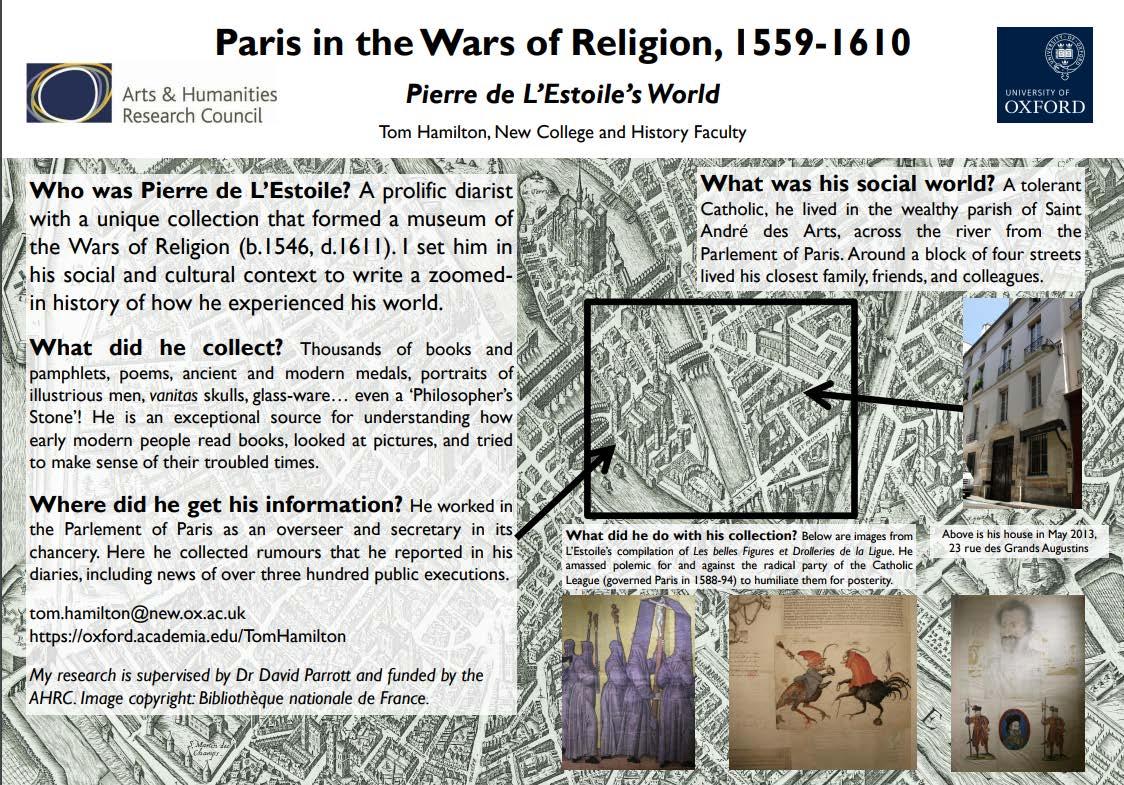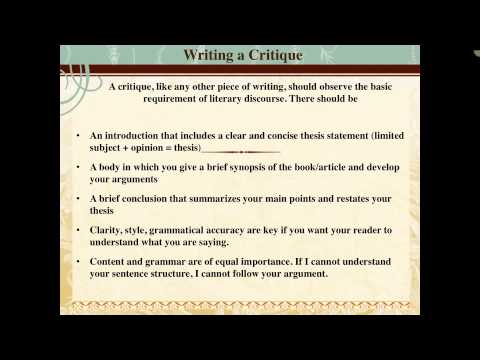The first step to presenting your paper at a conference is to prepare an abstract. Be as specific as possible in this pitch, and try to avoid making too general a statement. While presenting your paper, always remember the audience of the conference. How much background you provide largely depends on the conference type and audience. For example, if the conference is focused on the 1960s social revolutions, you should give more background information.
Writing a good abstract
While writing a conference paper is a common task for scholars of the humanities, it isn’t usually taught to them. Instead, most humanities scholars prefer to write a full piece of discourse and leave the abstract to colleagues. Fortunately, this is a rare situation, and there are some tips and guidelines for writing a good abstract. Read on to learn more. Here are some guidelines for writing a research abstract.
The first tip for writing a conference abstract is to be as concise as possible. Avoid using long, rambling sentences or wordy phrases. Instead, use short declarative sentences to describe the main points of your paper. For example, if you are writing about the 1960s social revolution, you will need fewer than five sentences to describe your research. Also, you can’t include more than two questions, as too much detail will take up space and leave room for developing your argument, evidence, and historiography.
Finding secondary sources
Secondary sources are works that discuss or comment on primary sources. They draw their conclusions from primary sources and may be scholarly books or journal articles. They are a great way to learn more about a subject without having to spend your own time researching it. You can find secondary sources in many formats, including newspaper articles, blogs, and conference proceedings. Here are some tips for finding secondary sources for your conference paper:
After you’ve identified your primary source, find secondary sources to support your thesis. Secondary sources are a great way to add context to your primary source, as well as help you distinguish your own ideas from other authors’. Once you’ve gathered some secondary sources, you’re ready to write a paper! Here are some tips to help you get started. You’ll also need to know what to do with them.
Using images in a conference paper
When writing your abstract or using images in your conference paper, remember that scientific figures and pictures are often published on different media. These include print articles and electronic media. Depending on the type of media, the resolution of the images can vary. In general, it’s best to keep the image size to 300 ppi or higher. The resolution refers to the number of pixels that occupy a certain area, and is measured in inches. Also, check with the editor on the required resolution for images.
If you’re using an image from the Internet, it’s best to cite the original page. You can always list the citations on a separate slide. If you can’t find the original website, you can contact the publisher to request permission. Make sure to follow all guidelines in citing images. You can also seek permission from the image owner. This may be as simple as contacting them via e-mail or requesting a release from the publishing company. Once you’ve obtained permission, keep a copy of the image.
Preparing a draft of your paper before submitting it
One of the most important aspects of a conference paper is its presentation. Although most papers are written to be read, they must also be presented orally before an audience. If you haven’t practiced your presentation before, you should read this article to learn more about effective ways to deliver your presentation. Regardless of the conference you are presenting at, it is important to practice before submitting your paper.
Using citation guidelines
When writing a conference paper in the humanities, it is important to follow strict guidelines for the submission and referencing of research material. Conference papers are usually only accepted for publication if they have been expanded to the length of a research article. To properly cite a conference paper, it must be cited at the beginning of the paper. Authors should get permission from the copyright holder before using their work, and they should also disclose its status in the cover letter. However, Humanities do not publish research studies that are pilot or have poor statistical power.
Citations should be placed in the text and the bibliography. References to web sites should be cited in both the text and bibliography. Humanities follow instructions provided by the Modern Language Association (MLA). Other styles include APA, MLA, and Chicago. In-text citations give the publication date and page number. The reference list contains detailed bibliographical information and allows the reader to follow the source and reference it in other written works.




